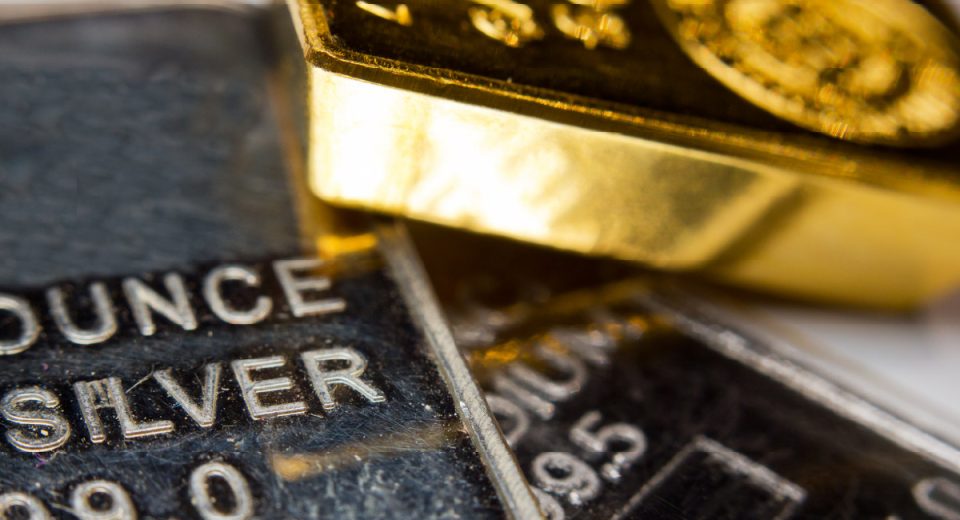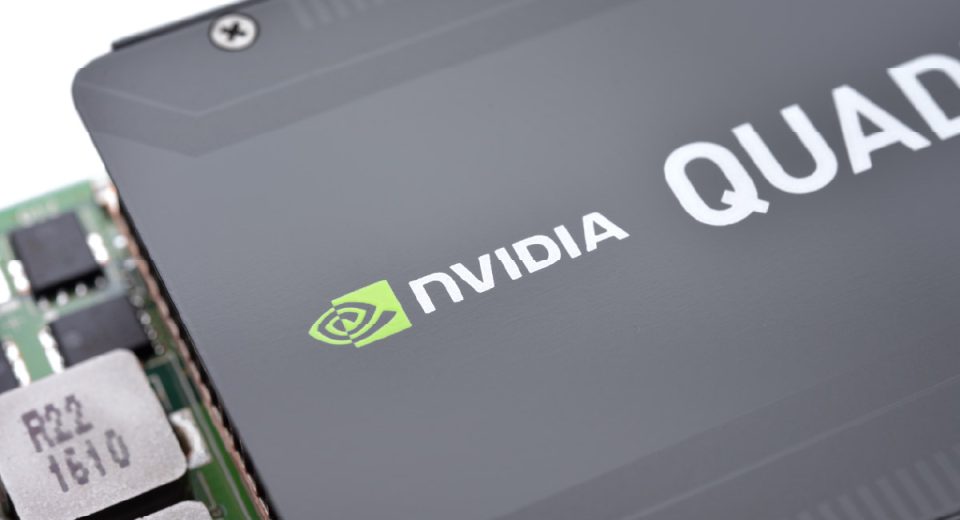What Moves the Precious Metals Market?

The global precious metals market is forecasted to reach $514.06 billion by 2033, rising at a CAGR of 6.84% from 2024 and 2033. Although the US is home to the highest number of gold traders, the Asia Pacific region accounted for 60% of the global market share for precious metals in 2023. This is because the yellow metal is considered auspicious and holds traditional value for many cultures in the APAC region. Here’s what you need to know about factors that move precious metals prices before you trade gold or silver.
Factors that Affect Precious Metal Prices
Precious metals are sensitive to geopolitical, fiscal, and economic factors that move investor sentiment.
Supply Chain Dynamics
Mining and production rates affect precious metal prices. Precious metals gain their value due to their rarity and ore grade. Depleting ore grades increase operational costs, while worsening environmental impact. This pushes the costs higher. Contrary to this, technological advancements and ore discoveries bolster supply, exerting downward pressure on prices.
Industrial needs and jewellery demand also affect prices. Gold and silver are used extensively for their high conductivity and corrosion resistance for electronic and chip manufacturing. Strong demand for such uses supports metal prices. The Indian wedding season sees a spike in demand for gold and silver, pushing their prices higher. Being the second largest gold consumer, demand from the Indian market significantly impacts gold and silver prices.
Economic Performance
Global economic health has an inverse correlation with gold prices. As economic uncertainties increase globally, traders tend to increase investments in safe haven assets, like gold.
Monetary policies and interest rates in the US share a negative correlation with gold. The greenback is also a safe haven asset, since the USD is the preferred currency for global central bank reserves. High-interest rates in the US raise dollar demand. This weighs upon the demand and price of gold and other precious metals that are priced in USD.
Inflation is another critical determinant of the XAU/USD price. During times of inflation, currencies lose their valuation while precious metals appreciate.
Geopolitical Environment
Political instability, geopolitical sanctions or conflict often have adverse impacts on global supply chains. Traders make decisions based on the perceived safety of the value of the precious metals in their region. For instance, trade agreements can lead to a supply increase and consequent price reduction. A change in policy and sanctions may disrupt supply, pushing prices higher.
Predictions & Public Sentiment
Traders keep an eye on the industry outlook to gauge the potential for growth of their chosen asset. For example, gold is expected to glitter through 2024, breaching the $2,200 mark by the year-end, amid elections in multiple countries and interest rate cuts. As of mid-April 2024, the yellow metal has already gained 13.36% year-to-date, trading well above $2,300.
The Silver Institute had forecasted that global demand for silver could reach 1.2 billion ounces in 2024. Rise in global photovoltaic cell installations, improvement in battery charging infrastructure for the EV industry, jewellery demand (which is expected to grow 6%) are likely to be the key drivers of this growth. The forecast positively impacted trader sentiment and the price of the shiny white metal has been soaring since. XAG/USD had risen 17.7% year-to-date by mid-April 2024.
Consider This to Trade Precious Metals in 2024
While the above factors hold, certain others are driving precious metal prices higher in 2024.
ESG investing is gaining greater importance. A report by Morgan Stanley states that 77% of investors are inclined to prioritise sustainable investing in 2024 and beyond. This is bound to change the investment criteria for precious metals as well. Investments in companies that have adopted or plan to adopt sustainable mining and distribution practices or actively work towards a reduction of their carbon footprint will attract investors. Additionally, organisations that extract precious metals from electronic waste are likely to attract higher investments. The scenario can transform the supply chain in the coming years.
Another important consideration is that while gold has had an inverse correlation with the US dollar, 2024 has been different. Gold, the stocks markets, and the dollar’s valuation have all surged together in many instances. Despite analyst speculations, the Fed has not yet adopted a dovish stance and has retained high interest rates. Strong fundamentals indicate that the Fed may not cut back key rates till H2 2024. This has propelled the demand for the greenback.
Simultaneously, traders are accounting for the impending political change in several countries in the election year, instability due to ongoing geopolitical conflicts, and uncertainties around global economic growth. This could take the yellow metal to record highs.
CFDs are a Popular Way to Gain Exposure to Precious Metal Markets
Due to their much lower entry barrier, contracts for differences (CFDs) are popular among precious metal traders. These allow them to speculate on both rising and falling prices. CFDs are traded with leverage, which amplify the purchasing power of traders. Brokerages facilitate CFD trading with flexible margins, depending on their customers’ experience level. This protects traders from being exposed to greater risk than they can afford.
Traders who use leverage to increase their profit potential must also manage the higher risk potential. You can do this by using stop loss and take profit orders to limit potential losses.
To Sum Up
- Investors use precious metals to hedge against risks associated with the financial markets.
- Gold and silver are the most popularly traded precious metals.
- Supply-demand balance, economic and geopolitical conditions, and industry outlook affect prices.
- CFDs allow traders to speculate on both rising and falling prices.
- Traders must manage risks adequately while trading precious metals through CFDs.
Disclaimer:
All data, information and materials are published and provided “as is” solely for informational purposes only, and is not intended nor should be considered, in any way, as investment advice, recommendations, and/or suggestions for performing any actions with financial instruments. The information and opinions presented do not consider any particular individual’s investment objectives, financial situation, or needs, and hence does not constitute as an advice or a recommendation with respect to any investment product. All investors should seek advice from certified financial advisors based on their unique situation before making any investment decisions in accordance to their personal risk appetite. Blackwell Global endeavours to ensure that the information provided is complete and correct, but make no representation as to the actuality, accuracy or completeness of the information. Information, data, and opinions may change without notice and Blackwell Global is not obliged to update on the changes. The opinions and views expressed are solely those of the authors and analysts and do not necessarily represent that of Blackwell Global or its management, shareholders, and affiliates. Any projections or views of the market provided may not prove to be accurate. Past performance is not necessarily an indicative of future performance. Blackwell Global assumes no liability for any loss arising directly or indirectly from use of or reliance on such information here in contained. Reproduction of this information, in whole or in part, is not permitted




